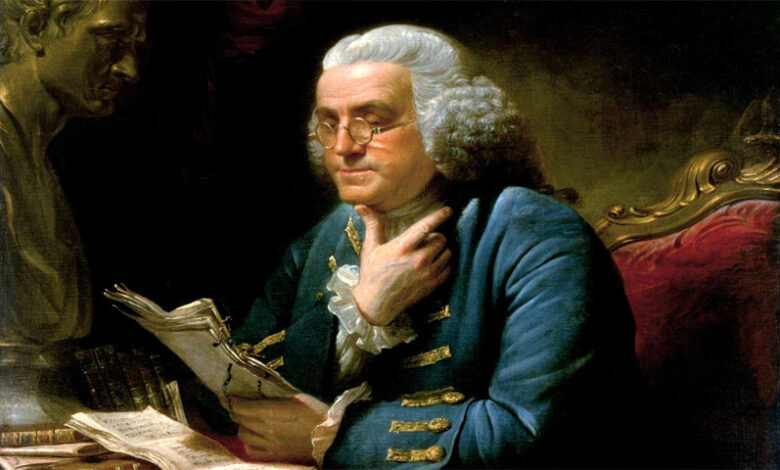Who Invented Electricity? The Fascinating History Behind One of Humanity’s Greatest Discoveries 2024

Who Invented Electricity powers nearly every aspect of modern life, from our homes to industries and even space exploration. But have you ever stopped to wonder, who invented electricity? The journey of electricity’s discovery and its eventual harnessing is filled with curiosity, experiments, and groundbreaking discoveries spanning centuries. In this article, we will dive deep into the history of electricity, the key individuals who played a role in its understanding, and the lasting impact of their work on the world.
Introduction: The Importance of Electricity
Electricity is the backbone of our modern civilization, seamlessly powering everything from simple household gadgets to complex industries. Without it, our daily lives would be drastically different, and progress as we know it would stall. However, electricity wasn’t always understood or accessible. For centuries, humans puzzled over natural phenomena such as lightning and static shocks, striving to understand their mysterious origins. But who invented electricity? The truth is, that electricity wasn’t “invented” by a single person; rather, it was discovered and refined by many brilliant minds across history.
This article uncovers the key milestones in the discovery and harnessing of electricity, exploring how humanity turned a natural phenomenon into one of the most vital aspects of life.
Defining Electricity: What Exactly Is It?
Before discussing who invented electricity, let’s clarify what electricity is. In simple terms, electricity is a form of energy resulting from the movement of electrons, the tiny charged particles within atoms. This energy can manifest in multiple forms, including static electricity, current electricity, and electromagnetic waves.
Key Characteristics of Electricity
- Static Electricity: This is the buildup of electric charge on the surface of materials, often caused by friction.
- Current Electricity: This involves the flow of electric charges through a conductor, like wires, to produce energy.
- Electromagnetism: A phenomenon where electric currents produce magnetic fields, discovered later by Michael Faraday.
Electricity surrounds us in various forms, but its controlled use only became possible after centuries of scientific exploration.
Early Theories and Observations of Electricity

Ancient Greeks and Static Electricity
The story of electricity began over 2,000 years ago with the ancient Greeks. They observed that when amber—a fossilized tree resin—was rubbed with fur, it could attract lightweight objects like feathers. This was the first recorded observation of static electricity.
The Greek word for amber, elektron, is where the term “electricity” originates. These early observations, though rudimentary, laid the foundation for future explorations into electrical phenomena.
The Contributions of Thales of Miletus
Thales, a Greek philosopher from the 6th century BCE, was among the first to theorize about the forces behind these phenomena. While his understanding was limited by the lack of scientific tools, his curiosity helped highlight the mysterious nature of static electricity.
The Role of Benjamin Franklin: A Founding Father of Electricity?
The Famous Kite Experiment
When asked who invented electricity, Benjamin Franklin’s name often comes up. In 1752, Franklin conducted his iconic kite experiment during a thunderstorm. Franklin demonstrated that lightning was a form of electrical energy by flying a kite with a metal key attached to its string.
Franklin’s Understanding of Lightning and Electricity
Franklin’s work went beyond his experiments. He developed the concept of positive and negative charges and invented the lightning rod, a practical application that protects structures from lightning strikes.
Although Franklin didn’t “invent” electricity, his experiments significantly advanced humanity’s understanding of it.
The Contributions of Alessandro Volta
The Invention of the Electric Battery
Italian scientist Alessandro Volta made one of the most groundbreaking contributions to electricity: the invention of the electric battery in 1800. Known as the Voltaic Pile, this device produced a steady flow of electric current for the first time.
Volta’s Legacy in Modern Electricity

Volta’s invention revolutionized science and technology, providing the first reliable source of electricity. His work inspired others to explore electrical applications, marking the beginning of the modern electrical era.
(Continued in the following sections…)
FAQs About Electricity
Who Invented Electricity in Simple Terms?
Electricity wasn’t invented by a single person. Its understanding and application were developed over centuries by great minds like Franklin, Volta, Faraday, and Tesla.
What Was Benjamin Franklin’s Role in Electricity?
Franklin’s experiments, such as the kite experiment, proved that lightning was electrical. He also invented the lightning rod.
How Did Alessandro Volta’s Invention Change the World?
Volta’s electric battery provided the first steady source of electricity, enabling countless innovations.
Why Is Nikola Tesla Called a Visionary?
Tesla pioneered alternating current (AC) technology, which powers most of today’s electrical systems. His ideas were far ahead of his time.
What Is the Future of Electricity?
The future of electricity lies in renewable energy, smart grids, and innovations like wireless power transmission.
Conclusion: The Everlasting Impact of Electricity
Electricity has revolutionized human life in unimaginable ways. From ancient Greek observations of static electricity to today’s advanced power grids and renewable energy systems, humanity’s journey to understand and harness electricity is a testament to human ingenuity. While no single person “invented” electricity, many brilliant minds contributed to making it an essential part of our lives.



